The role of technology in electrical installations has become increasingly important in recent years, transforming the way electrical systems are designed, installed, and maintained. With the introduction of modern digital tools in electrical work, the entire installation process has been streamlined, offering improvements in efficiency, safety, and precision. Digital tools enable electrical professionals to plan and execute installations more accurately, reducing the likelihood of errors and delays. In today’s world, modern electrical systems are not only more reliable but also smarter, designed to meet the ever-growing demands of today’s infrastructure. These systems support everything from advanced energy management to smart home solutions, addressing your needs in both residential and commercial areas.
Table of Contents
ToggleHere, we will explore how technology in electrical installations has driven innovations across various sectors. From the evolution of wiring techniques to the development of automated electrical systems, the advancements have been key in adapting to modern construction projects and energy management needs. We’ll look at how automated systems are making electrical work more efficient, and how new wiring technologies are making installations faster, safer, and more sustainable. These innovations are not only helping electricians do their jobs more effectively but also ensuring that electrical systems are ready for the future, supporting the growing need for energy-efficient and smart buildings.
 Modern Electrical Systems: Revolutionizing Installation Practices
Modern Electrical Systems: Revolutionizing Installation Practices
Modern electrical systems are reshaping the way installations are carried out, integrating advanced technologies that provide more functionality and efficiency than ever before. One of the most notable advancements is the incorporation of smart technologies, such as Internet of Things (IoT) devices and wireless controls, which allow electrical systems to be monitored and managed in real time. These systems help homeowners and businesses control everything from lighting to temperature, security, and energy consumption, all from a central platform or mobile device. This integration is especially important in both residential and commercial buildings, where energy efficiency and user convenience are becoming essential. If you’re looking to take advantage of these innovations and enhance your home’s functionality, electrical installation with smart technologies can make your living space more efficient, sustainable, and future-ready. By adding intelligence to the electrical infrastructure, modern electrical systems are making buildings smarter and easier to manage.
The use of technology in electrical installations has improved the efficiency, reliability, and ease of managing electrical systems. With the advent of digital tools in electrical work, electrical professionals can now streamline installation processes, reducing time spent on manual tasks and minimizing errors. These tools allow for precise calculations, quick troubleshooting, and real-time collaboration across teams, making sure that projects stay on track and meet high standards. Automated electrical systems have also contributed to faster project completions by reducing the need for manual intervention. With automatic diagnostics and self-correcting features built into modern systems, electrical installations are now more reliable and capable of adapting to the evolving needs of the building. This has proven to be a game changer, particularly in large-scale projects where coordination and precision are paramount.
 Digital Tools in Electrical Work
Digital Tools in Electrical Work
By improving both the planning and execution phases of a project, digital tools have changed the field of electrical installations. One of the most significant advancements is the use of Building Information Modeling (BIM), a technology that allows electrical contractors to create detailed, 3D models of installations before any physical work begins. BIM helps visualize how the electrical system will interact with other building systems, allowing contractors to identify potential issues, such as space constraints or wiring conflicts, ahead of time. This precise planning improves the overall quality of installations, reducing costly delays or mistakes that may arise during the installation process. This way, electrical professionals can make sure that each element is correctly placed and connected, optimizing the functionality of modern electrical systems.
The benefits of technology in electrical installations extend far beyond the planning stages and into daily operations on-site. Mobile apps and digital platforms are transforming how electrical professionals handle tasks such as on-site calculations, system diagnostics, and remote monitoring. These tools enable electricians to quickly assess system performance, identify issues, and make necessary adjustments without the need for extensive on-site troubleshooting. With real-time data at their fingertips, electricians can reduce time spent on manual calculations and paperwork, thus boosting productivity. By streamlining these processes, digital tools help to reduce the likelihood of errors and ensure that projects stay on schedule. As projects grow in scale, especially in commercial settings, integrating digital solutions becomes even more critical. If you’re looking to optimize efficiency and performance in your workplace, investing in network installation can ensure your electrical and network systems are seamlessly integrated and future-proofed, helping your business stay ahead in a competitive market.
 Tech Innovations in Wiring Make Electrical Systems Smarter
Tech Innovations in Wiring Make Electrical Systems Smarter
Tech innovations in wiring are modernizing electrical systems, enhancing both safety and functionality. New developments, such as flexible, intelligent wiring and smart circuit breakers, are making installations easier to manage and more adaptable to changing needs. Flexible wiring allows for easier routing and installation, reducing time and effort on the job site. Meanwhile, intelligent circuit breakers can automatically detect faults, isolate problem areas, and even reconfigure circuits to prevent damage. These innovations are especially important in guaranteeing that electrical systems are safer, more reliable, and capable of withstanding future technological advancements. By embracing these smart wiring solutions, electrical installations are becoming more resilient and capable of supporting the growing demands of modern infrastructure.
In addition to making electrical systems smarter, tech innovations in wiring are significantly reducing both installation time and costs. Automated electrical systems, including self-healing circuits and intelligent energy management tools, are changing how wiring is integrated into buildings. Self-healing circuits, for example, can automatically detect and repair minor faults, reducing the need for manual intervention and downtime. These systems help maintain continuous operation and prevent costly service calls. Moreover, intelligent energy management tools monitor and optimize energy usage, ensuring that systems run efficiently and sustainably. This use of technology in electrical installations not only improve the overall functionality but also contribute to better energy efficiency, which is becoming increasingly important in both residential and commercial buildings. Investing in commercial electrical installation can further streamline the process for large-scale projects, such as office buildings or factories. By reducing manual labor and optimizing performance, tech innovations in wiring are streamlining the installation process and supporting long-term cost savings.
 Benefits of Automated Electrical Systems in Modern Installations
Benefits of Automated Electrical Systems in Modern Installations
The growing use of automated electrical systems is transforming electrical installations, particularly in industrial and commercial settings. These systems automate essential tasks such as lighting control, HVAC (heating, ventilation, and air conditioning) management, and energy monitoring, significantly reducing the need for manual intervention. For example, lighting systems can be programmed to adjust based on occupancy or ambient light levels, while HVAC systems can automatically regulate temperature and airflow according to the building’s usage. This level of automation not only improves overall system performance but also enhances user comfort and reduces energy consumption. By using these functions, automated electrical systems increase operational efficiency and ensure that the building’s electrical infrastructure is working optimally at all times, meeting both performance and sustainability goals.
Automated electrical systems can also improve energy management and sustainability in modern installations. With the integration of sensors and smart devices, these systems can track energy consumption in real time, providing valuable data on usage patterns. This data enables the system to identify inefficiencies and automatically adjust settings to ensure optimal energy use. For instance, a smart building can detect when certain areas are unoccupied and reduce lighting and HVAC operations accordingly, cutting unnecessary energy waste. These systems are not only helping to reduce energy bills but also supporting the broader push towards environmental sustainability. Modern electrical systems automate energy management, creating energy-saving opportunities by reducing carbon footprints and promoting eco-friendly building environments. These uses of technology in electrical installations make it easier to manage energy consumption while supporting environmental responsibility.
 The Future of Technology in Electrical Installations
The Future of Technology in Electrical Installations
Looking ahead, the future of technology in electrical installations is set to be shaped by exciting new trends that will further enhance precision and efficiency. One such trend is the increasing use of augmented reality (AR) in both training and on-site assistance. AR tools are enabling electrical professionals to visualize installation plans in real time, overlaying digital models of electrical systems onto physical spaces. This technology allows for more accurate decision-making and quicker identification of potential issues during the installation process. For example, electricians can use AR glasses or mobile devices to view step-by-step instructions, check wiring placements, or even receive guidance on troubleshooting, all while working hands-free. As AR technology becomes more integrated into daily operations, it will make the installation process even more user-friendly and precise, helping to ensure high-quality results with fewer mistakes.
As technology in electrical installations continues to evolve, the industry will see even smarter, more efficient systems emerge. The integration of automated electrical systems, intelligent wiring solutions, and digital tools in electrical work is paving the way for buildings that can adapt to the needs of their occupants. The growing reliance on these technologies will meet the increasing demand for sustainability, safety, and overall system performance. As energy efficiency becomes even more critical, future installations will likely incorporate even more advanced energy management systems, self-healing circuits, and predictive maintenance tools that can detect issues before they cause system failures. The future of electrical installations will be shaped by innovations that make systems smarter and more adaptable to modern needs. These advancements will provide more sustainable solutions for you at your home or business.

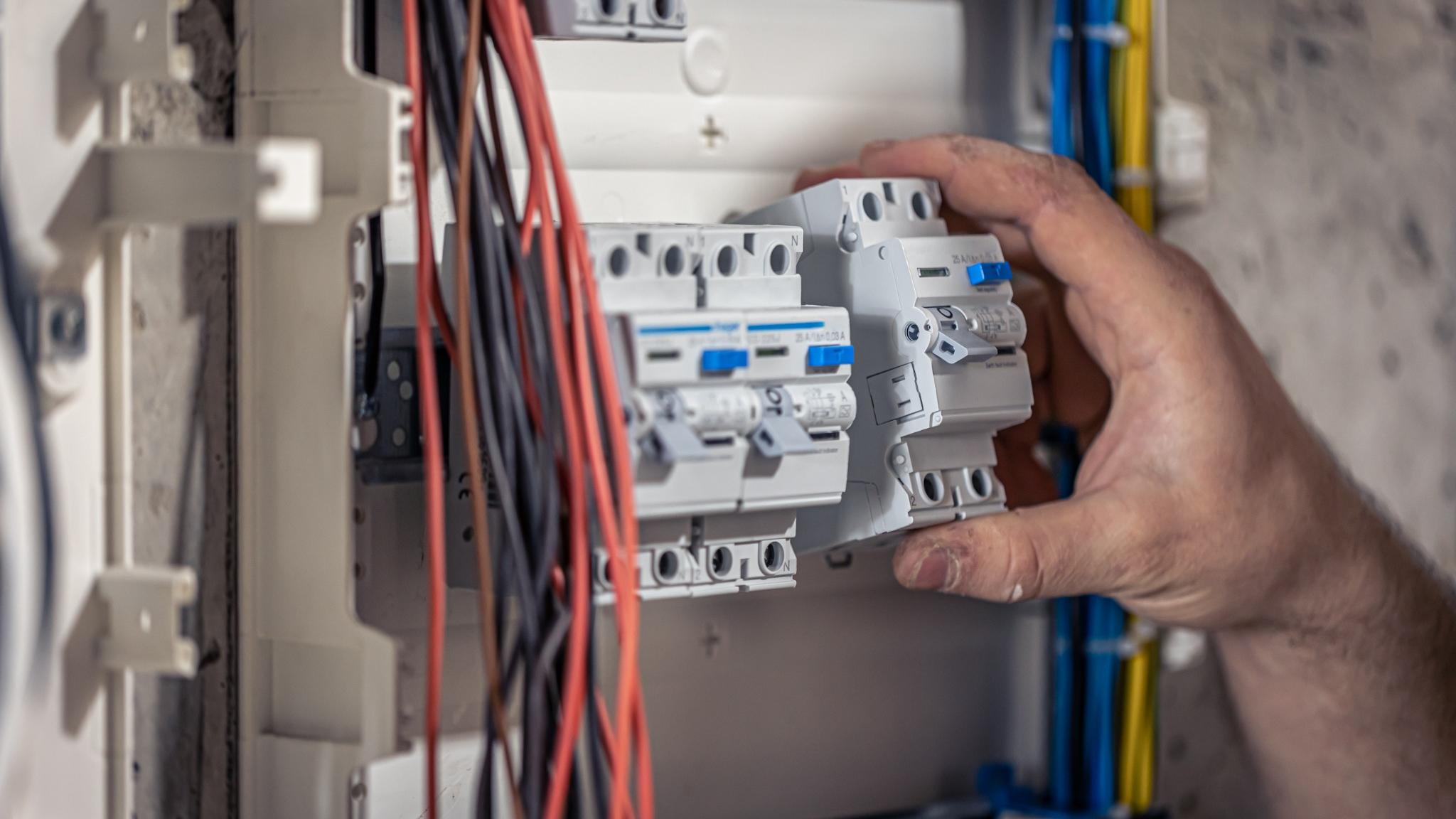
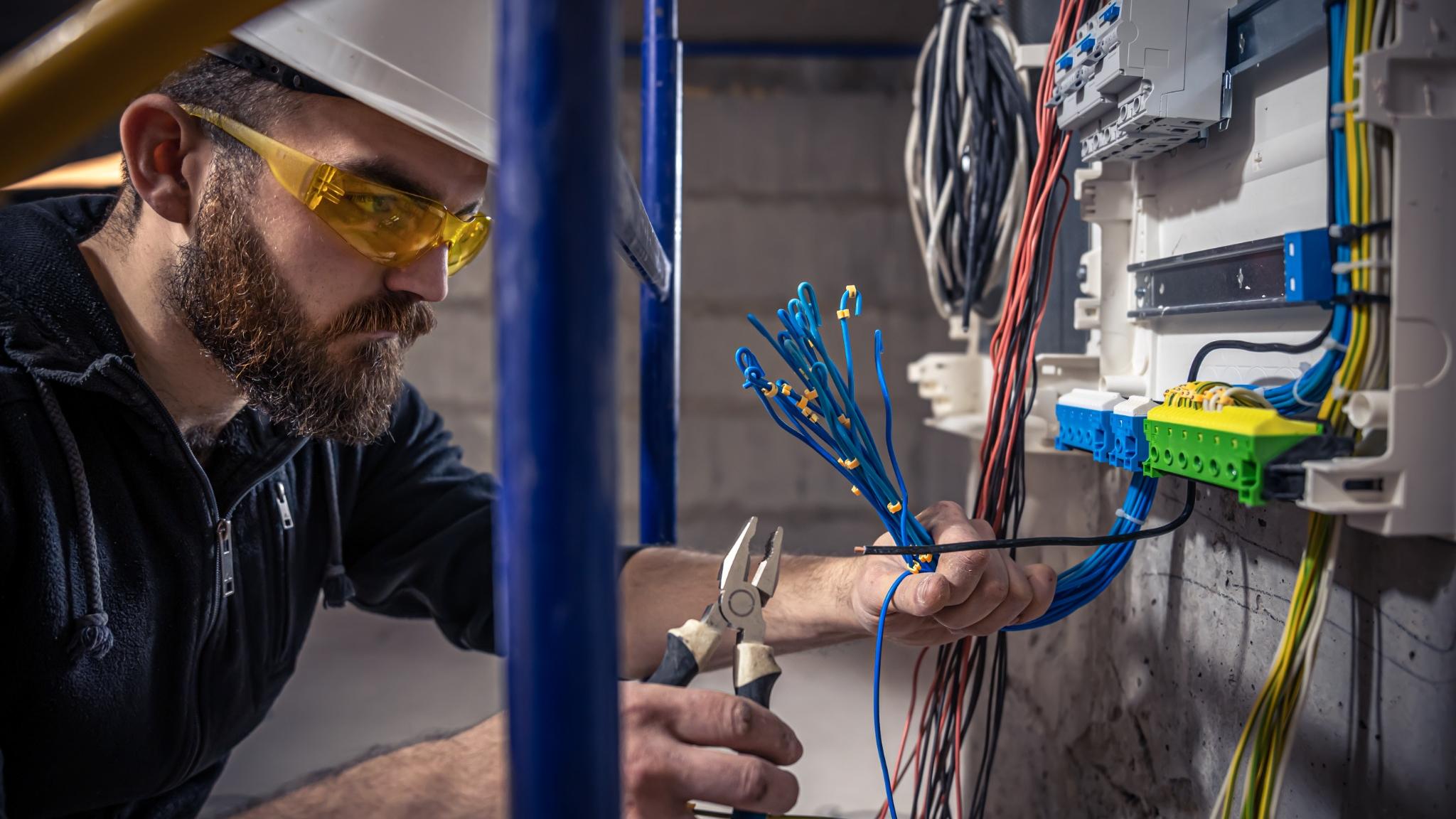 Modern Electrical Systems: Revolutionizing Installation Practices
Modern Electrical Systems: Revolutionizing Installation Practices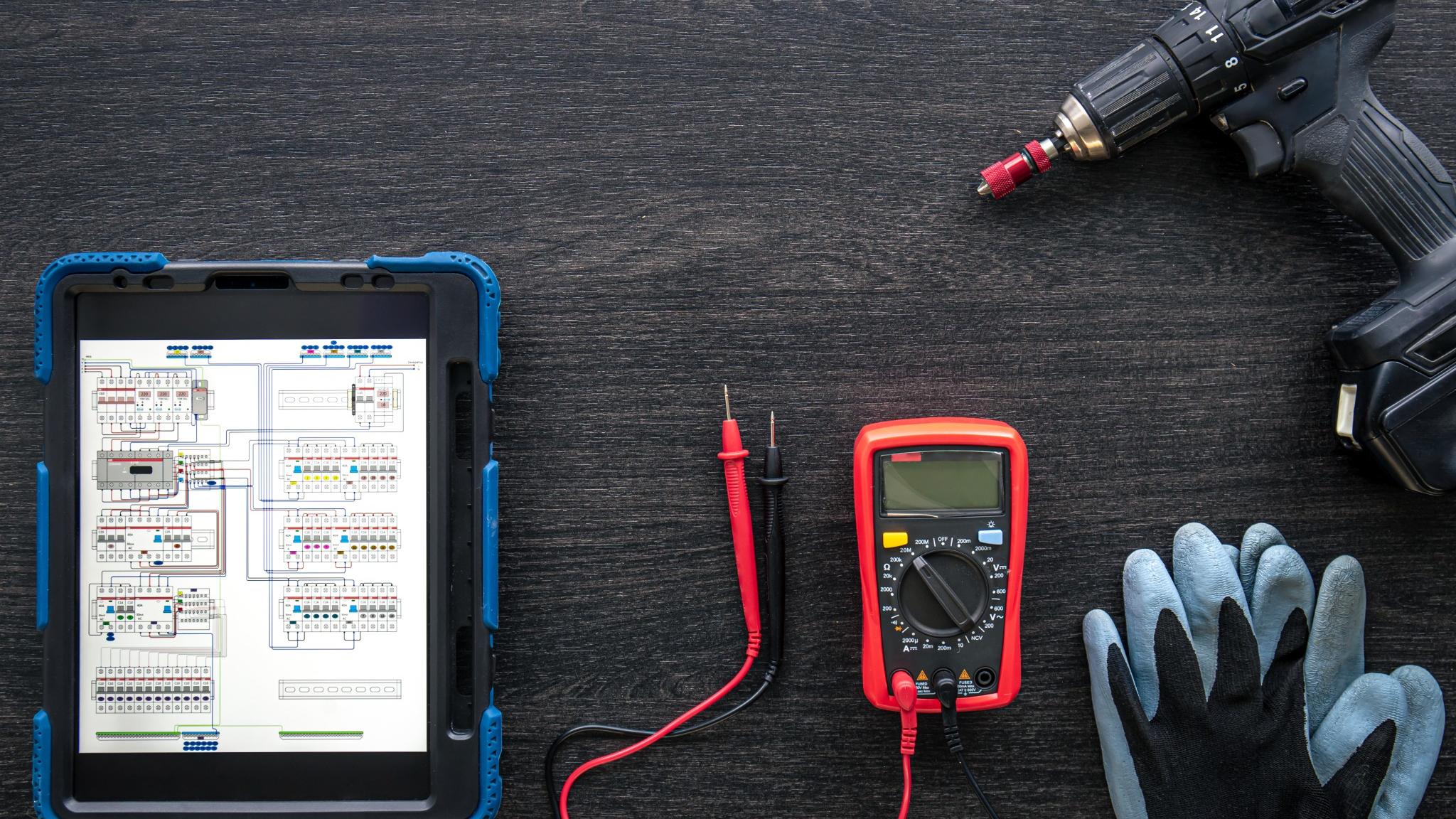 Digital Tools in Electrical Work
Digital Tools in Electrical Work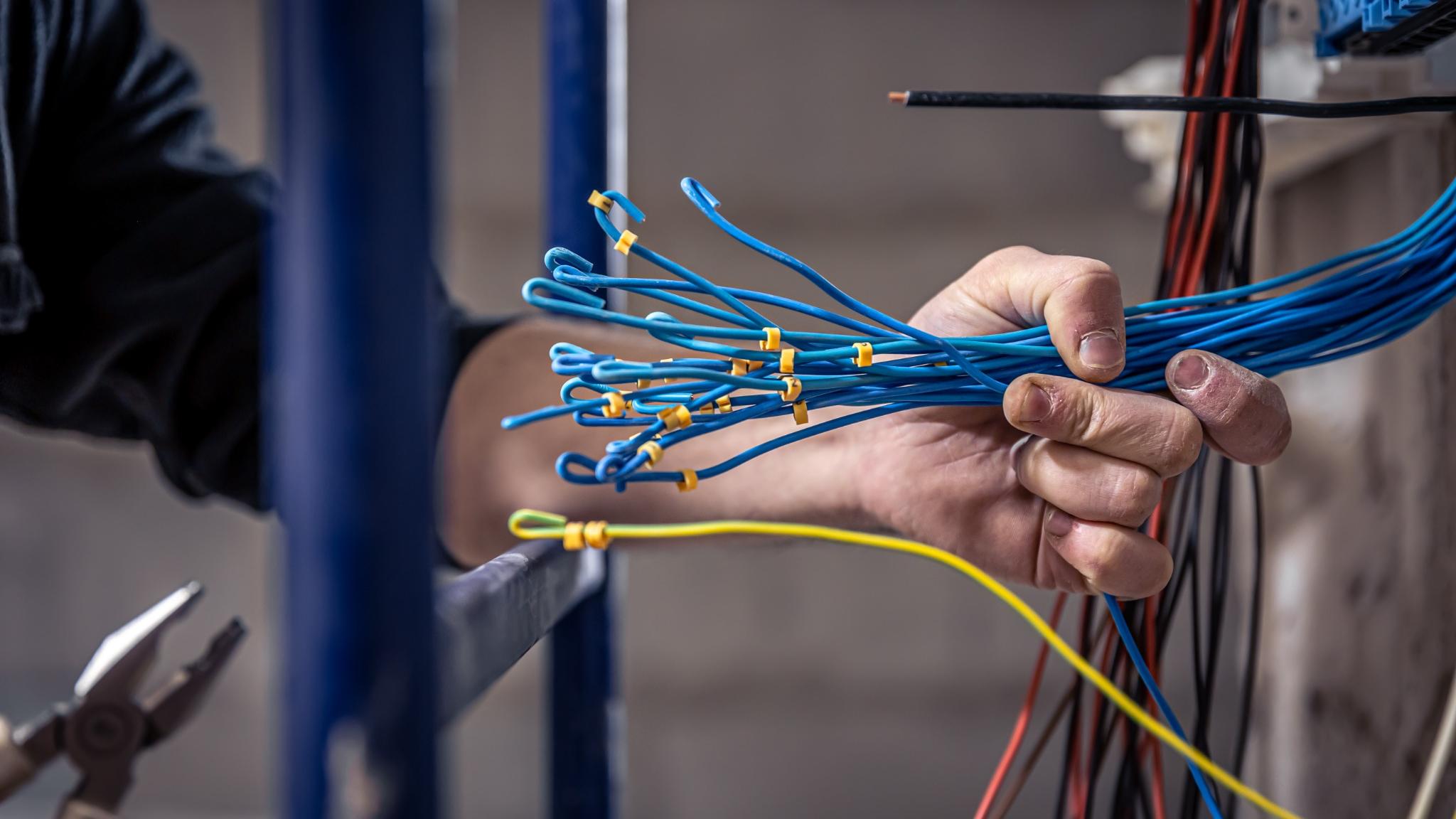 Tech Innovations in Wiring Make Electrical Systems Smarter
Tech Innovations in Wiring Make Electrical Systems Smarter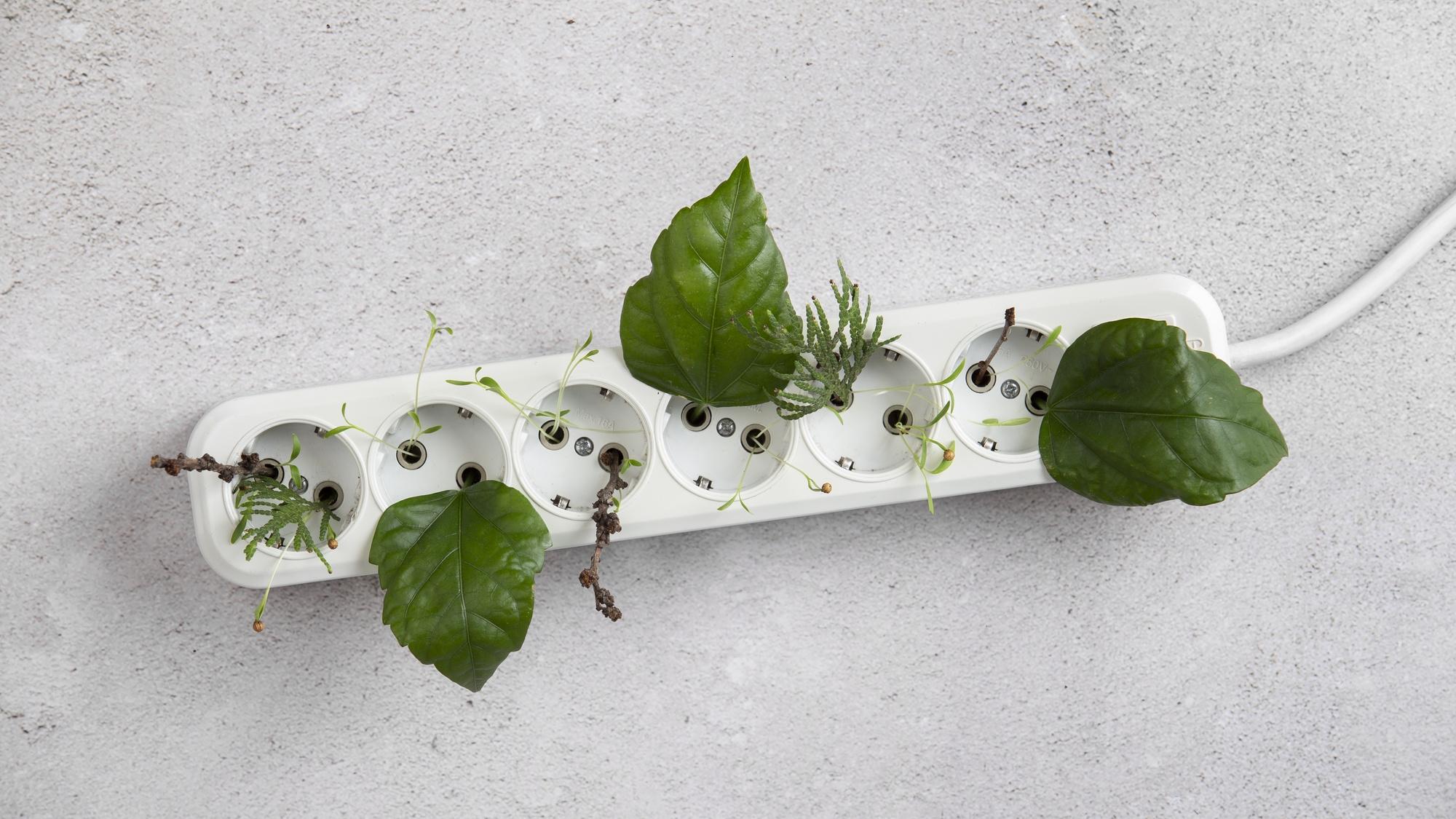 Benefits of Automated Electrical Systems in Modern Installations
Benefits of Automated Electrical Systems in Modern Installations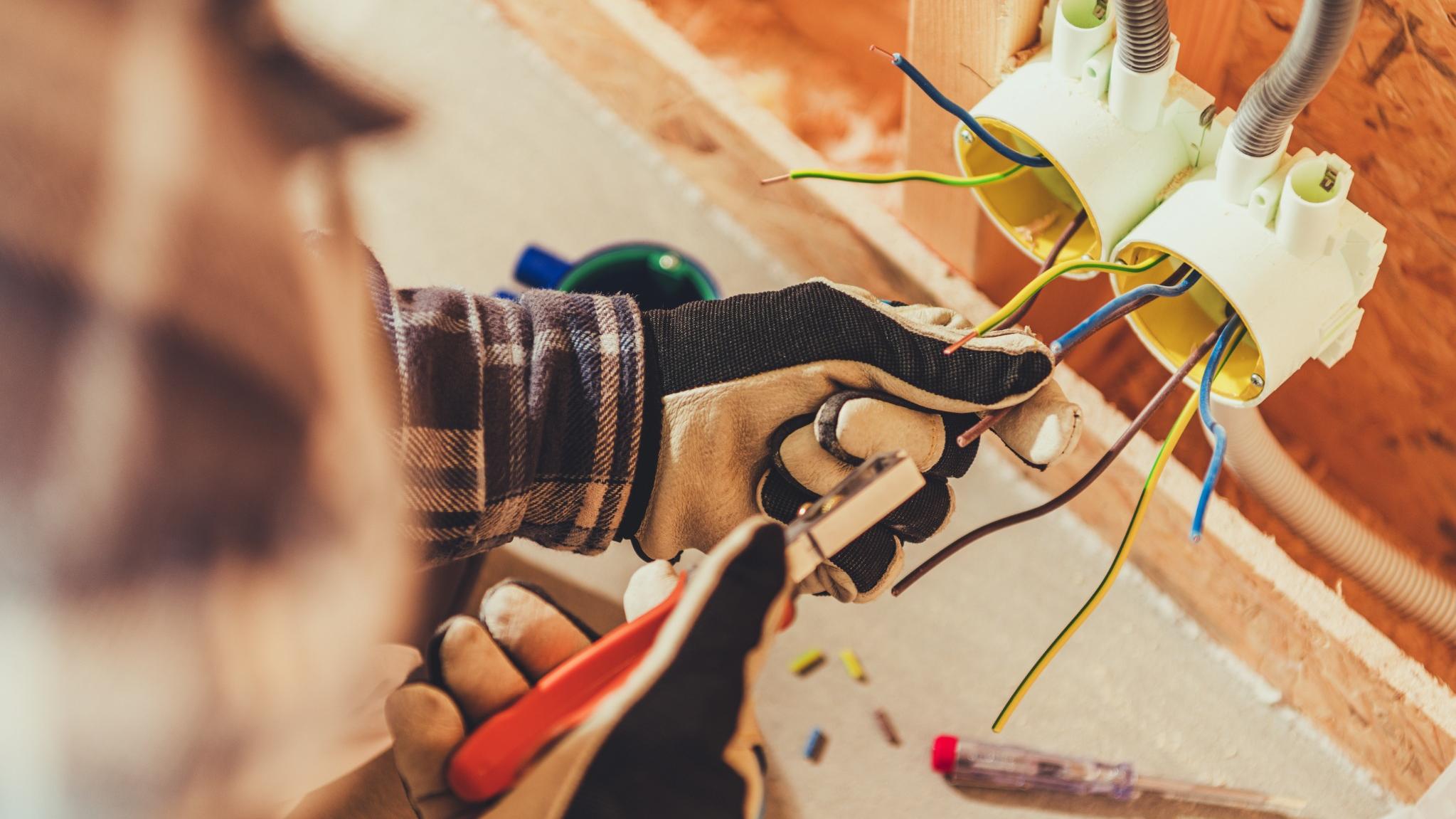 The Future of Technology in Electrical Installations
The Future of Technology in Electrical Installations

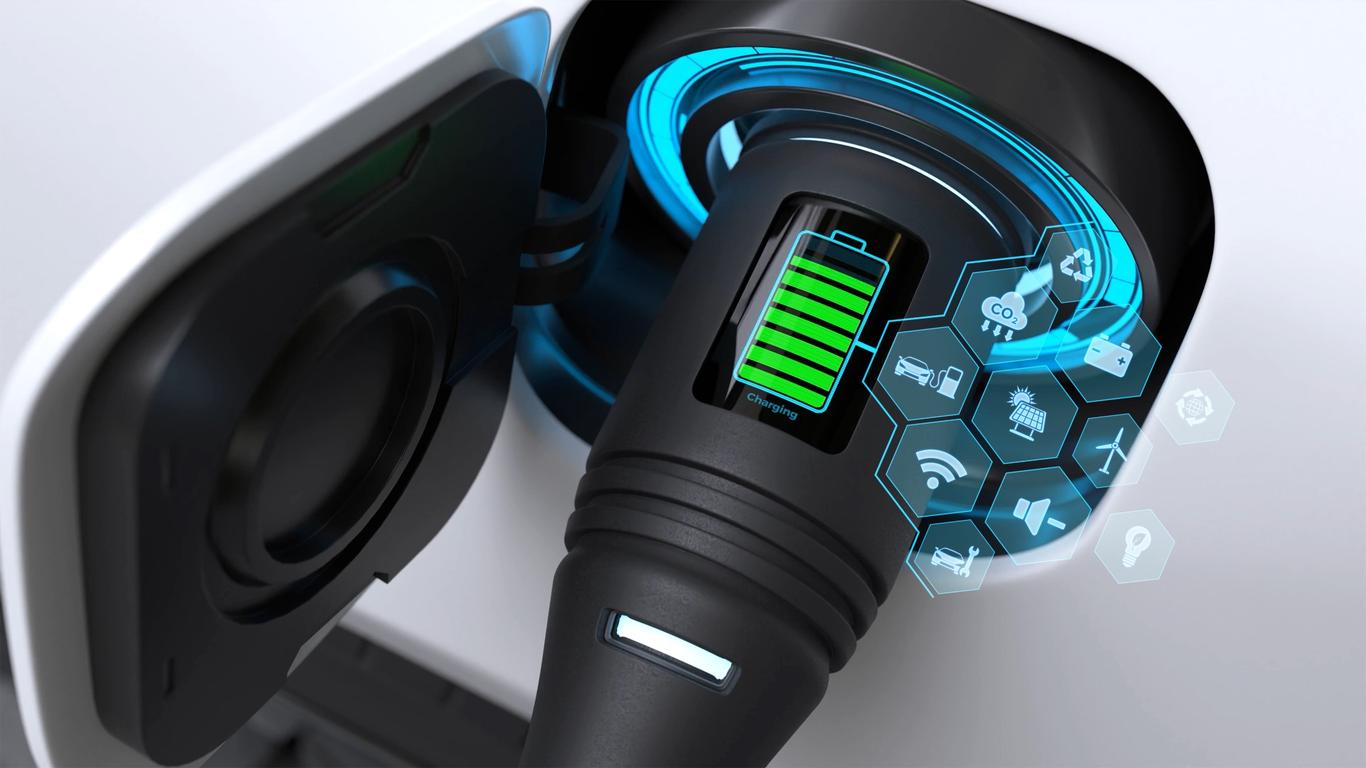
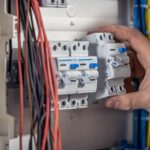


No comment